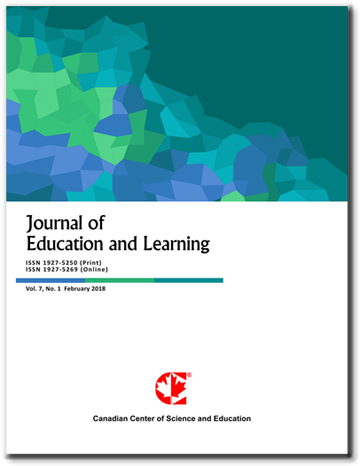Priority Needs for Participative Administration Focusing on Safety in Schools Under Primary Educational Service Area Office in North-Eastern Region
- Nonglagk Choobsuwan
- Pacharawit Chansirisira
Abstract
This research aimed to 1. study compositions and indicators of participative administration focusing on primary school safety 2. study current condition, desirable condition and priority needs of primary school safety; and 3. study guidelines of participative administration focusing on primary school safety. The research was divided into 3 phrases, which were 1) synthesizing composition and indicator towards school safety, 2) doing survey about current condition, desirable condition, and synthesis of primary school safety, and 3) seeking guidelines for participative administration focusing on primary school safety. The sample consisted of 370 school administrators and teachers, selected based on the sample size table by Krejcie and Morgan, using a multi-stage sampling method. The research tool was a questionnaire, with a reliability coefficient of 0.97 for the current condition and 0.98 for the desirable condition. Data were analyzed using percentage, mean, and standard deviation.The sample group was a group of 370 administrators and teachers with the size that follows Krejcie & Morgan’s table pattern. The group members were selected by multi-stage sampling method. The tool was questionnaire which had reliability on current condition at 0.97 and 0.98 for desirable condition. The data was analyzed using percentage, average, and standard deviation. Priority Needs Index (PNI) was also applied in the analysis, it was found that,
1. There are 5 compositions of primary school safety with 15 indicators. They are 1) student-assistant system 2) prevention and solution methods for accidents within schools 3) prevention and solution methods for accidents related to natural disasters 4) prevention and solution methods for social issues, and 5) student’s well-being control. For participative administration, it has 5 compositions which are 1) participation in planning process 2) participation in work operation 3) participation in decision-making method 4) participation in supervision, and 5) participation in monitoring and evaluation.
2. The overall current condition of participative administration focusing on primary school safety was at a fair level, while the overall desirable condition was at a high level. The most critical need identified was the prevention and resolution of accidents in educational institutions.
3. Participatory management guidelines for primary school safety should emphasize the involvement of all stakeholders in the planning process-from policy formulation and collaborative planning to joint decision-making. Additionally, support should be provided for private organizations to participate in management efforts, including organizing study visits to learn effective strategies for collaborative problem-solving.
- Full Text:
 PDF
PDF
- DOI:10.5539/jel.v14n6p396
Journal Metrics
Google-based Impact Factor (2021): 1.93
h-index (July 2022): 48
i10-index (July 2022): 317
h5-index (2017-2021): 31
h5-median (2017-2021): 38
Index
Contact
- Grace LinEditorial Assistant
- jel@ccsenet.org
